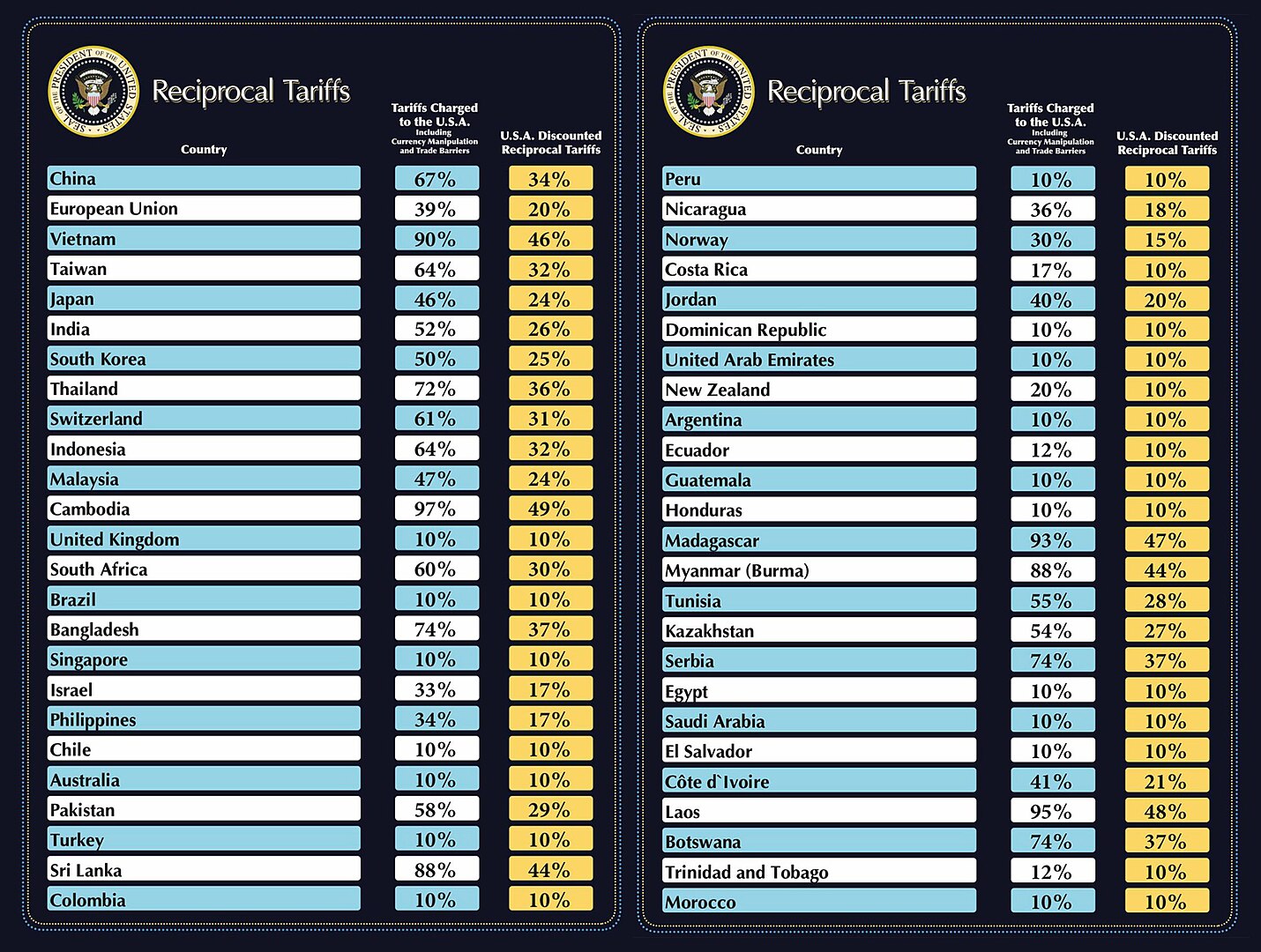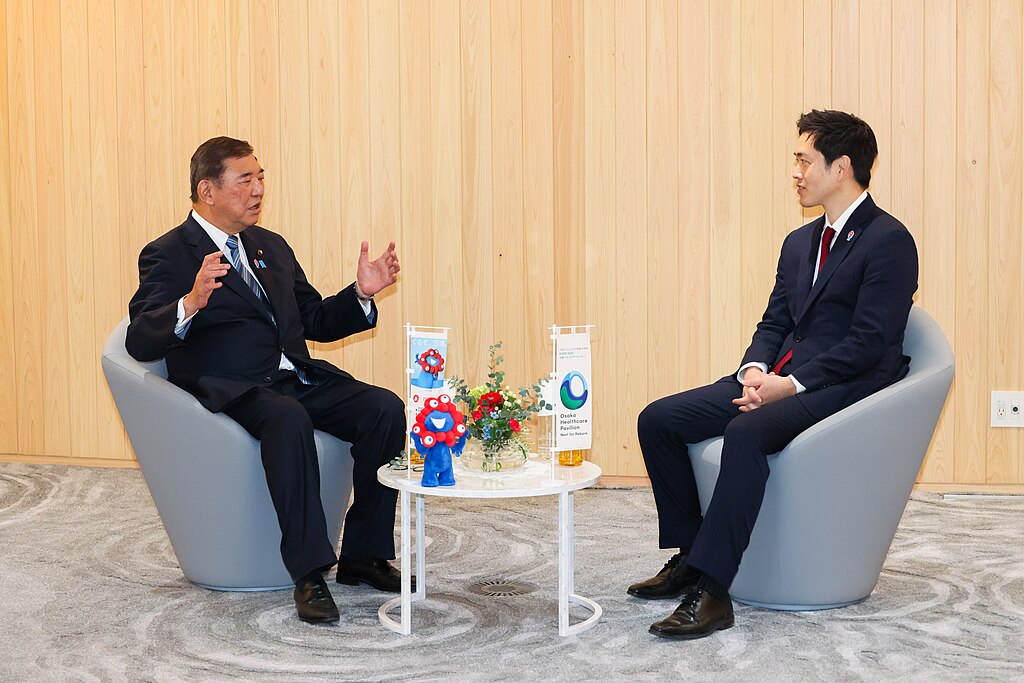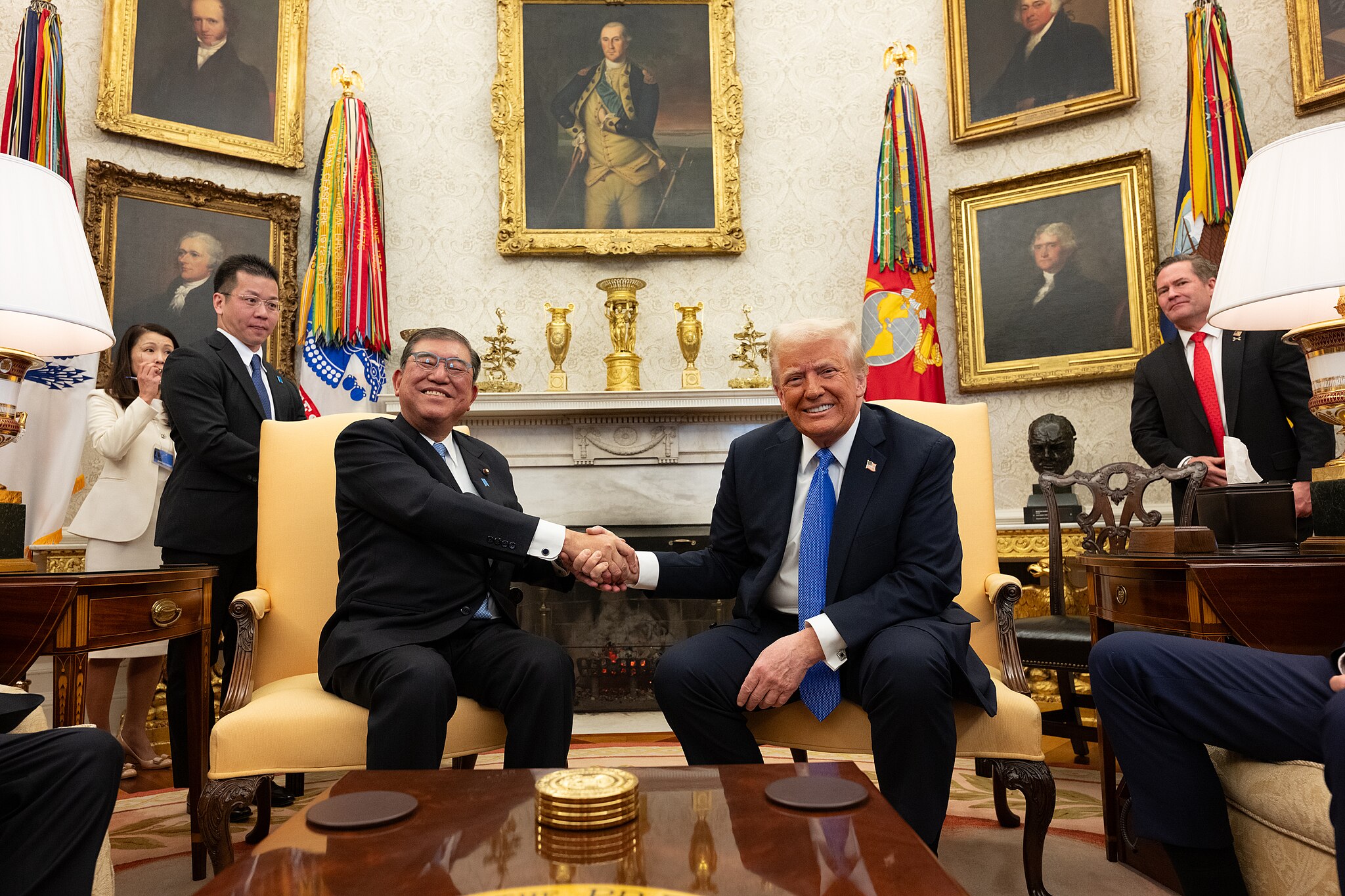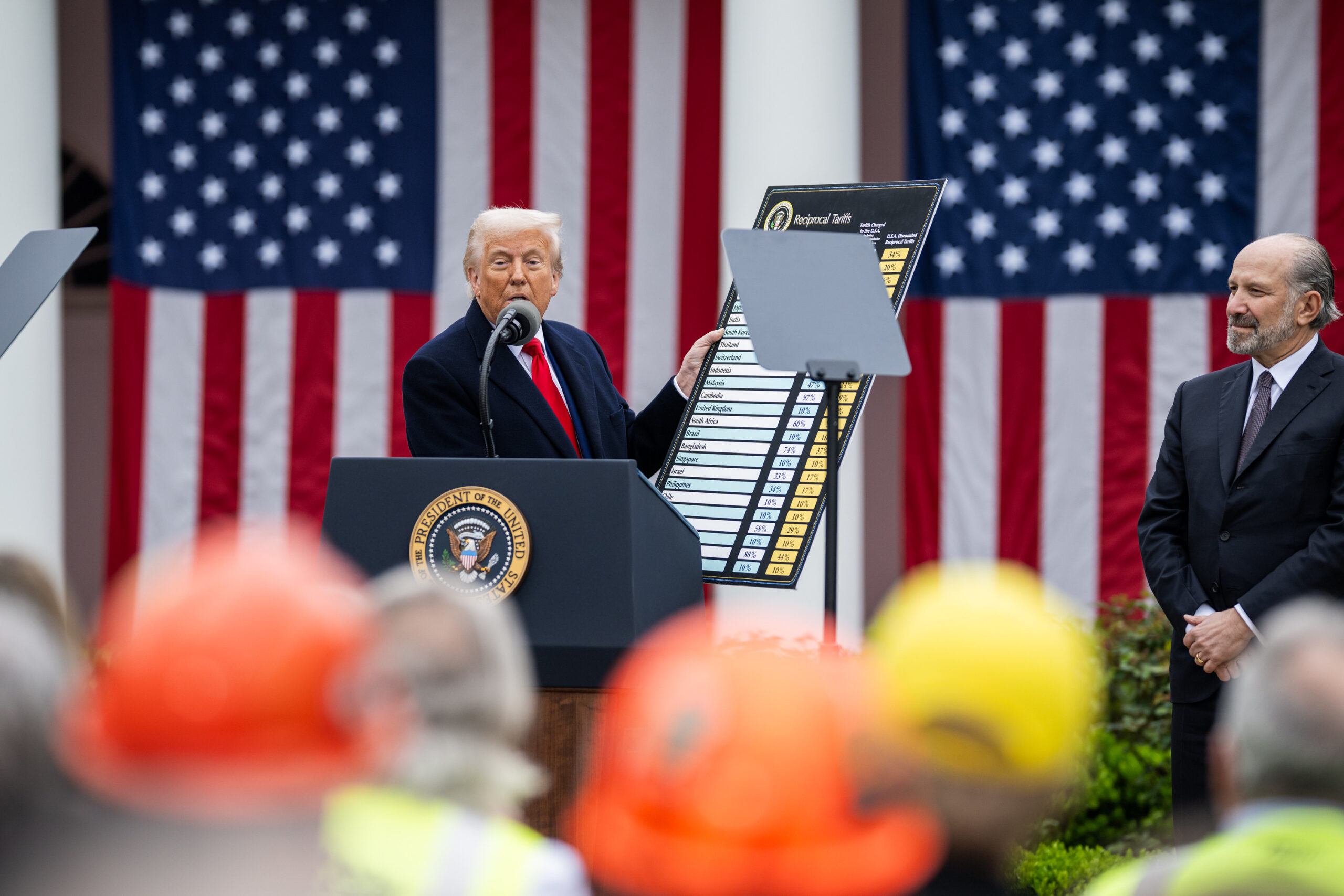A 90 day pause in the implementation of President Donald Trump’s new tariff rates will expire on Wednesday, and the White House has said that letters to national governments outlining exactly what their firms will have to pay to export products to the US market are set to go out on Friday.
At greater than 40%, Vietnam had one of the largest “reciprocal tariff” rates placed upon it in April, but will be relieved having reached an agreement with the White House that will see that lowered to 20% in exchange for a zeroing out of import duties on American products.
Vietnamese business operators speaking with South China Morning Post basically agreed that 20% was livable, especially considering that the US was the country’s largest trading partner, and many of the goods on export were small-value items such as textiles.
“The trade agreement between the US and Vietnam will be a big challenge for Vietnam, but at the same time, it will open up many opportunities for Vietnamese goods,” said Ngo Minh Duc, founder of LCTV Financial Investment Joint Stock Company in Hanoi, echoing the sentiment.
Strategic studies scholars estimate that the lack of tax on US imports will allow the country to perhaps load up on one of the US’s largest export industries—military equipment. As markets opened across Asia on Monday, investors seemed keen to back firms which import US goods—particularly electronics and tech, as these make up the largest share of the country’s imports from the US.
The agreement will, however, see a 40% tariff retained on goods shipped to the US via an overseas third party—the obvious target of such a measure being China, though it could be other Southeast Asian countries like Cambodia and Malaysia which also saw large tariff rates applied to their goods under Trump’s new regime.
It would also cost an arm and a leg for those Vietnamese industries that act as manufacturers of higher order goods after first importing materials from China.
“The biggest impact on Vietnam’s assembly industries is that Vietnam only plays a processing role in the products of this industry and does not contribute much to the value chain of this industry,” said Duc.
All divisions of the Vietnamese economy will see the positives and negatives of the deal, but for the Japanese, the closest ally in Asia America has ever enjoyed, there’s no breakthrough in sight for the manufacturing powerhouse.

All it can do
Japanese and US officials conducted the eighth round of ministerial-level discussions over the weekend on an agreement to avoid the new higher tariff rate, but while some pre-agreement frameworks have been announced by countries like India, Indonesia, and the UK, nothing of the sort has emerged from Tokyo.
Prime Minister Shigeru Ishiba said the country is prepared for all possible tariff scenarios, and is ready to “stand firm” in defense of its interests, particularly automotive ones.
“The Japanese government has done all that it can in its talks on tariffs with the US and to give more would just weaken our economy to a dangerous point,” Japanese businessman Ken Kato told This Week in Asia. “I do not see what more Japan can give, but I also believe that the pressure [Trump] is putting on a close ally will be counterproductive over the long run”.
The Nikkei 225 closed negative on both Saturday and Sunday in anticipation of bad news, while US markets opened Monday with significant pullbacks in flagship Japanese ADRs Honda, Toyota, Mitsubishi Heavy Industries, and Sumitomo Group between 2 and 3%.
SCMP reports that Trump last week expressed frustration on what his Commerce Secretary Scott Bessent said was “foot-dragging” especially over imports of American rice, but the opposition party in Tokyo also expressed frustration recently, calling on Japan to develop “trade ties beyond the US market to mitigate risks and focus on partnerships with countries favoring free trade”.
Those were the words of Hirofumi Yoshimura, co-representative of the opposition Japan Innovation Party, and mayor of the country’s second-largest city, Osaka.
“Instead of standing on just one, big pillar like the US, Japan should stand on, say, five to 10 smaller pillars,” Yoshimura said. “That’s a better approach to avoid its roof from falling off”.
Trump has suggested the baseline tariff rate on Japanese imports could be as high as 35%, and added on a post-hoc basis according to some reports that any agreement must see Japan’s national share of GDP spent on defense rise to 5%. Ishiba’s administration has argued firmly for a zero-tariff automobile policy. Japan is both the largest foreign lender to the United States and one of its most important Pacific security partners. A rift, should an agreement not be reached, could be possible, and would rank as one of the most significant consequences of the tariff strategy.
Le Parisien Matin reports that even though the first 6 months of Trump’s tariff plan has yielded an extra $100 billion in tax revenues, the evidence of American reshoring is absent. As WaL reported in June, it seems some companies that do business with the US are chalking these tariffs up to a prolonged market disturbance and not a reason to incur the immense capital costs of moving production and operations back to the US from countries like China, Vietnam, or anywhere else. WaL
We Humbly Ask For Your Support—Follow the link here to see all the ways, monetary and non-monetary.
PICTURED ABOVE: Prime Minister Shigeru Ishiba with Osaka Governor Hirofumi Yoshimura, who has criticized the US tariff policy and Japan’s reliance on the US, in January 2025 at the Prime Minister’s office. PC: Prime Minister’s Office of Japan.



